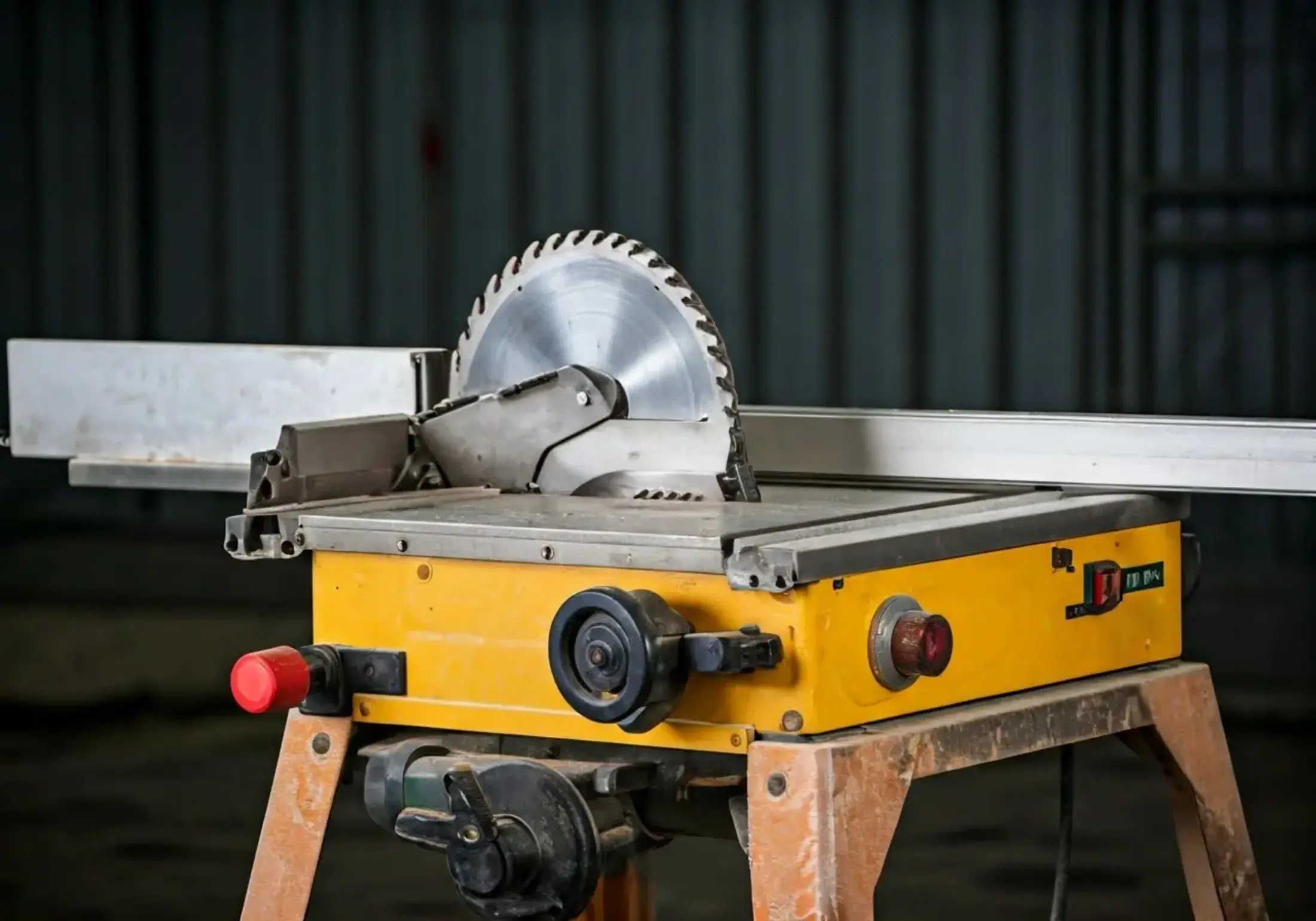There’s no margin for mistake when sawing through thick materials such as pavers, stone, or concrete. On a homeowner’s job site or in a business fab shop, your masonry saw blade is not an afterthought accessory—it’s a high-precision tool that needs to be respected.
Year after year, we’ve worked with hundreds of contractors, tile professionals, and stone craftsmen. And though most are familiar with their equipment, even experienced professionals hit predictable pitfalls when operating masonry saw blades. They waste time, wear out tools too quickly, and can put individuals in danger.
So, to get more blade life, cleaner cuts, and safer jobs, here are the top 5 mistakes we see—and how to avoid them.
5 Mistakes to Avoid When Using Masonry Saw Blades
1. Using the Wrong Blade for the Material
Let’s start with the most common issue: using a blade that isn’t designed for the job.
Not all masonry saw blades are the same. Some are built for soft materials like brick or limestone. Others are reinforced for cutting through dense concrete, or rebar-embedded slabs. If you mismatch the blade and the material, you’re not just making the work harder—you’re shortening the life of your blade and risking damage to your saw.
We’ve seen folks try to cut concrete blocks with a general-purpose tile blade. It overheats, dulls fast, and the cuts are anything but clean. On the flip side, using a heavy-duty segmented blade on fragile ceramic? You’ll chip the edges and possibly crack the piece.
2. Skipping the Blade Inspection Before Use
It takes less than 60 seconds to inspect your blade—but skipping that step can cost you hours in downtime or, worse, cause injury.
Before you mount a blade, check for:
- Cracks along the rim or segments
- Warping or uneven wear
- Debris stuck in the gullets
- Damaged arbor holes
We’ve seen blades fail mid-cut because no one noticed a hairline crack near the hub. That’s not just inconvenient—it’s dangerous.
Also, always check that the blade you’re using is rated for the RPM of your saw. Exceeding that limit can cause the blade to disintegrate at speed.
3. Running the Blade Dry When It Needs Water
Some masonry saw blades are designed to run wet. Some are rated for dry cuts. But many pros forget—or ignore—the difference.
Running a wet blade dry creates friction and heat, which leads to glazing, warping, and segment loss. You’ll hear the saw bog down. You’ll see sparks when there shouldn’t be any. And your blade’s life? Cut in half—if you’re lucky.
We had a shop call us last year about a $180 blade that wore out far too early. Why? They ran it dry when it clearly required water cooling.
4. Forcing the Cut
Your blade isn’t a crowbar. It’s not there to muscle through the material. It’s designed to do the cutting when used with the right feed pressure and speed. Still, crews push too hard—especially when they’re behind schedule.
The results? Blades overheat, motors strain, and the cut quality suffers. Worse, aggressive feeding causes deflection, leading to crooked lines or even kickback.
One of our long-time customers—an installer working on a large patio project—called us after burning through two blades in a single day. The culprit? Rushing the cuts and leaning into the saw. Once he slowed down and let the blade do the work, his replacement blade lasted the rest of the job.
5. Ignoring Blade Maintenance and Storage
It’s tempting to finish the job, toss the blade aside, and call it a day. But storing blades improperly or skipping maintenance will shorten their lifespan dramatically.
If you leave a blade in a damp area, it can rust or corrode—especially the core. If it’s tossed loose in a bin, the segments can chip or the arbor can warp. Even high-end blades can degrade fast if not stored correctly.
On the maintenance side, some blades benefit from periodic dressing to expose fresh diamonds. Running a blade through soft material like a concrete block can restore cutting performance.
Final Thoughts
The masonry saw blade is one of the most misuse-prone tools in the shop—and one of the most valuable. Selecting the proper blade, operating it properly, and maintaining it can save you hours of wasted time and hundreds of dollars in replacement expenses.
We at Tait Sales & Consulting LLC only carry blades we’d use ourselves. We don’t carry the cheap imports that break halfway through the job. All items on our shelf are tested for performance in the real world because we know what happens when a blade breaks when you need it most.
If you’re sick of guessing or just would rather get it right the first time, call us. We can guide you away from these errors and make the most of every cut.



